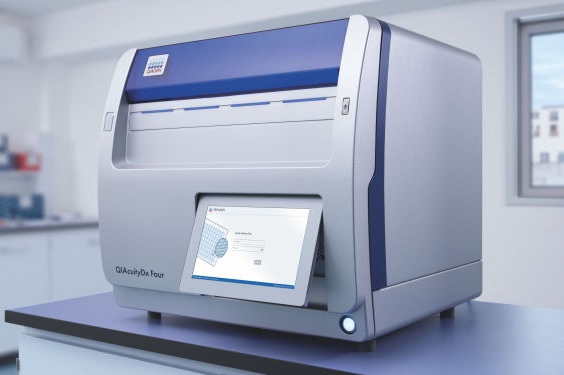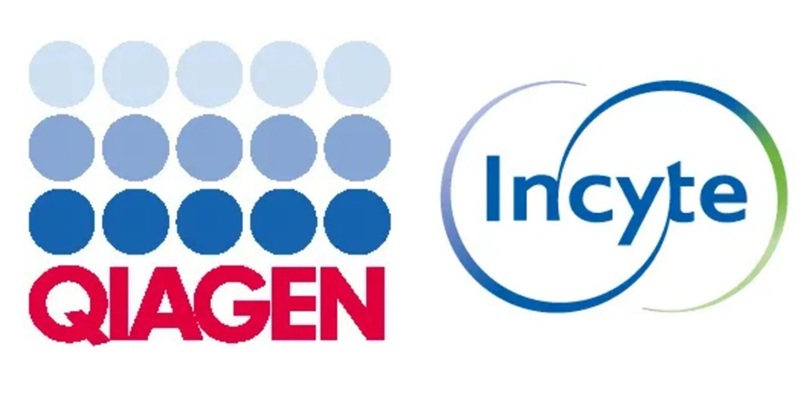Tumor Biomarker Panel Improves Identification of Candidates for Lung Cancer Screening
|
By LabMedica International staff writers Posted on 17 Jan 2022 |

Image: A chest X-ray showing a tumor in the lung (marked by arrow) (Photo courtesy of Wikimedia Commons)
Use of a blood-based tumor biomarker panel in combination with modeling according to results of PLCOm2012 (Prostate, Lung, Colorectal, and Ovarian Cancer Screening Trial) significantly improved risk assessment for lung cancer screening.
Investigators at the University of Texas M. D. Anderson Cancer Center (Houston, USA) hypothesized that a combination of a blood-based four-marker protein panel combined with the (PLCO)m2012 lung cancer prediction model would better identify individuals for lung cancer screening compared with current U.S. Preventive Services Task Force (USPSTF) criteria.
To test the hypothesis, the investigators carried out a validation study using PLCO Cancer Screening Trial data and biospecimens to evaluate the performance of a four-marker protein panel (4MP) consisting of (1) the precursor form of surfactant protein B, (2) cancer antigen 125, (3) carcinoembryonic antigen, and (4) cytokeratin-19 fragment and compared results to current USPSTF screening criteria.
The validation study included analysis of 1,299 blood samples collected from 552 individuals who developed lung cancer and 8,709 samples collected from 2,193 people who did not develop the disease. Results revealed that the 4MP alone yielded an area under the receiver operating characteristic curve of 0.79 for case sera collected within one year preceding diagnosis and 0.74 among the entire specimen set. The combined 4MP + PLCOm2012 model yielded an area under the receiver operating characteristic curve of 0.85 for case sera collected within one year preceding diagnosis. The benefit of the 4MP in the combined model resulted from improvement in sensitivity at high specificity. Compared with the USPSTF2021 criteria, the combined 4MP + PLCOm2012 model exhibited statistically significant improvements in sensitivity and specificity.
Among PLCO participants with a history of more than 10 smoking pack-years, the 4MP + PLCOm2012 model would have identified for annual screening 9.2% more lung cancer cases and would have reduced referral by 13.7% among non-cases compared with USPSTF2021 criteria.
“We recognize that a small percentage of people who are eligible for lung cancer screening through an annual low-dose CT scan are actually getting screening. Moreover, CT screening is not readily available in most countries. So, our goal, for many years, has been to develop a simple blood test that can be used first to determine need for screening and make screening for lung cancer that much more effective,” said senior author Dr. Samir M. Hanash, professor of clinical cancer prevention at the University of Texas M. D. Anderson Cancer Center. “Our study shows for the first time that a blood test could be useful to determine who may benefit from lung cancer screening. A blood test would identify people who could benefit from lung cancer screening but are not eligible today. Tens of millions of people worldwide could benefit from lung cancer screening. If you can improve screening eligibility by even 5%, that is incredibly impactful.”
The study was published in the January 7, 2022, online edition of the Journal of Clinical Oncology.
Related Links:
University of Texas M. D. Anderson Cancer Center
Investigators at the University of Texas M. D. Anderson Cancer Center (Houston, USA) hypothesized that a combination of a blood-based four-marker protein panel combined with the (PLCO)m2012 lung cancer prediction model would better identify individuals for lung cancer screening compared with current U.S. Preventive Services Task Force (USPSTF) criteria.
To test the hypothesis, the investigators carried out a validation study using PLCO Cancer Screening Trial data and biospecimens to evaluate the performance of a four-marker protein panel (4MP) consisting of (1) the precursor form of surfactant protein B, (2) cancer antigen 125, (3) carcinoembryonic antigen, and (4) cytokeratin-19 fragment and compared results to current USPSTF screening criteria.
The validation study included analysis of 1,299 blood samples collected from 552 individuals who developed lung cancer and 8,709 samples collected from 2,193 people who did not develop the disease. Results revealed that the 4MP alone yielded an area under the receiver operating characteristic curve of 0.79 for case sera collected within one year preceding diagnosis and 0.74 among the entire specimen set. The combined 4MP + PLCOm2012 model yielded an area under the receiver operating characteristic curve of 0.85 for case sera collected within one year preceding diagnosis. The benefit of the 4MP in the combined model resulted from improvement in sensitivity at high specificity. Compared with the USPSTF2021 criteria, the combined 4MP + PLCOm2012 model exhibited statistically significant improvements in sensitivity and specificity.
Among PLCO participants with a history of more than 10 smoking pack-years, the 4MP + PLCOm2012 model would have identified for annual screening 9.2% more lung cancer cases and would have reduced referral by 13.7% among non-cases compared with USPSTF2021 criteria.
“We recognize that a small percentage of people who are eligible for lung cancer screening through an annual low-dose CT scan are actually getting screening. Moreover, CT screening is not readily available in most countries. So, our goal, for many years, has been to develop a simple blood test that can be used first to determine need for screening and make screening for lung cancer that much more effective,” said senior author Dr. Samir M. Hanash, professor of clinical cancer prevention at the University of Texas M. D. Anderson Cancer Center. “Our study shows for the first time that a blood test could be useful to determine who may benefit from lung cancer screening. A blood test would identify people who could benefit from lung cancer screening but are not eligible today. Tens of millions of people worldwide could benefit from lung cancer screening. If you can improve screening eligibility by even 5%, that is incredibly impactful.”
The study was published in the January 7, 2022, online edition of the Journal of Clinical Oncology.
Related Links:
University of Texas M. D. Anderson Cancer Center
Latest Molecular Diagnostics News
- Genetic Test Could Predict Poor Outcomes in Lung Transplant Patients
- Breakthrough Blood Test Enables Early Pancreatic Cancer Detection
- Genomic Testing in NICU Reduces Missed Diagnoses
- New Genetic Test Improves Diabetes Prediction and Classification
- New Blood Test for Leukemia Risk Detection Could Replace Bone Marrow Sampling
- Blood Test Detects Preeclampsia Risk Months Before Symptoms Appear
- mNGS CSF Test Outperforms Traditional Microbiological Testing for Infectious Diseases
- Point-Of-Care Test to Transform Early-Stage Cervical Cancer Diagnosis
- PET/ctDNA-Guided Approach Helps Determine Lymphoma Treatment
- Next-Generation 'Agnostic Diagnostics' to Detect Respiratory Viruses at POC
- First-Ever Test of Cure for Chagas Disease Determines Treatment Effectiveness
- Capsule Sponge Test Could Replace Endoscopies for Monitoring Esophageal Cancer Risk
- Nasal Swab Test Offers Simpler and Less Costly Virus Screening in High-Risk Settings
- DNA Test Accurately Predicts Resistance to Common Chemotherapy Treatments
- Umbilical Cord Blood Test Can Detect Early Sepsis in Preterm Infants
- Simple Blood Test Predicts Cognitive Decline in Alzheimer's Patients
Channels
Clinical Chemistry
view channel
New Reference Measurement Procedure Standardizes Nucleic Acid Amplification Test Results
Nucleic acid amplification tests (NAATs) play a key role in diagnosing a wide range of infectious diseases. These tests are generally known for their high sensitivity and specificity, and they can be developed... Read more
Pen-Like Tool Quickly and Non-Invasively Detects Opioids from Skin
Opioid drugs such as fentanyl, morphine, and oxycodone are the primary substances associated with overdose cases in the United States. Standard drug screening procedures typically involve collecting blood,... Read moreHematology
view channel
Disposable Cartridge-Based Test Delivers Rapid and Accurate CBC Results
Complete Blood Count (CBC) is one of the most commonly ordered lab tests, crucial for diagnosing diseases, monitoring therapies, and conducting routine health screenings. However, more than 90% of physician... Read more
First Point-of-Care Heparin Monitoring Test Provides Results in Under 15 Minutes
Heparin dosing requires careful management to avoid both bleeding and clotting complications. In high-risk situations like extracorporeal membrane oxygenation (ECMO), mortality rates can reach about 50%,... Read moreImmunology
view channel
Blood Test Detects Organ Rejection in Heart Transplant Patients
Following a heart transplant, patients are required to undergo surgical biopsies so that physicians can assess the possibility of organ rejection. Rejection happens when the recipient’s immune system identifies... Read more
Liquid Biopsy Approach to Transform Diagnosis, Monitoring and Treatment of Lung Cancer
Lung cancer continues to be a major contributor to cancer-related deaths globally, with its biological complexity and diverse regulatory processes making diagnosis and treatment particularly difficult.... Read more
Computational Tool Exposes Hidden Cancer DNA Changes Influencing Treatment Resistance
Structural changes in tumor DNA are among the most damaging genetic alterations in cancer, yet they often go undetected, particularly when tissue samples are degraded or of low quality. These hidden genomic... Read moreMicrobiology
view channel
Credit Card-Sized Test Boosts TB Detection in HIV Hotspots
Current tuberculosis (TB) tests face major limitations when it comes to accurately diagnosing the infection in individuals living with HIV. HIV, a frequent co-infection with TB, complicates detection by... Read more
Fecal Metabolite Profiling Predicts Mortality in Critically Ill Patients
Critically ill patients in medical intensive care units (MICUs) often suffer from conditions such as acute respiratory distress syndrome (ARDS) or sepsis, which are linked to reduced diversity of gut microbiota... Read more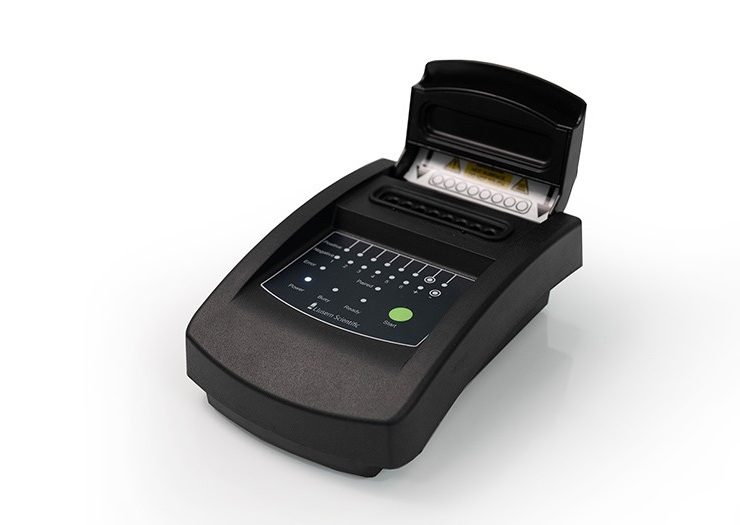
Portable Molecular POC System Rules Out UTIs in Just 35 Minutes
Urinary tract infections (UTIs) represent a massive burden on patients and healthcare systems. There are over 400 million UTI cases globally each year, of which around 90% are in women. Fast and accurate... Read more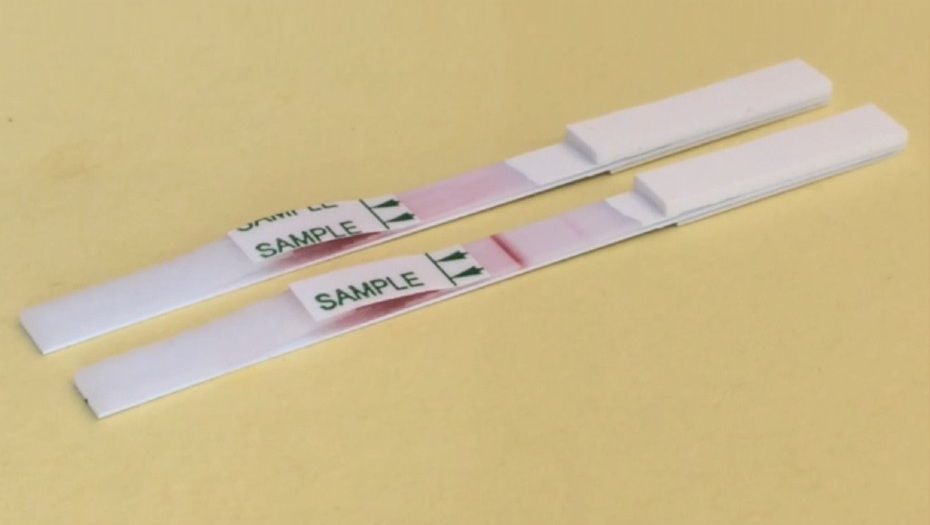
POC Lateral Flow Test Detects Deadly Fungal Infection Faster Than Existing Techniques
Diagnosing mucormycosis—an aggressive and often deadly fungal infection—remains a major challenge due to the disease’s rapid progression and the lack of fast, accurate diagnostic tools. The problem became... Read morePathology
view channelAI-Driven Preliminary Testing for Pancreatic Cancer Enhances Prognosis
Pancreatic cancer poses a major global health threat due to its high mortality rate, with 467,409 deaths and 510,992 new cases reported worldwide in 2022. Often referred to as the "king" of all cancers,... Read more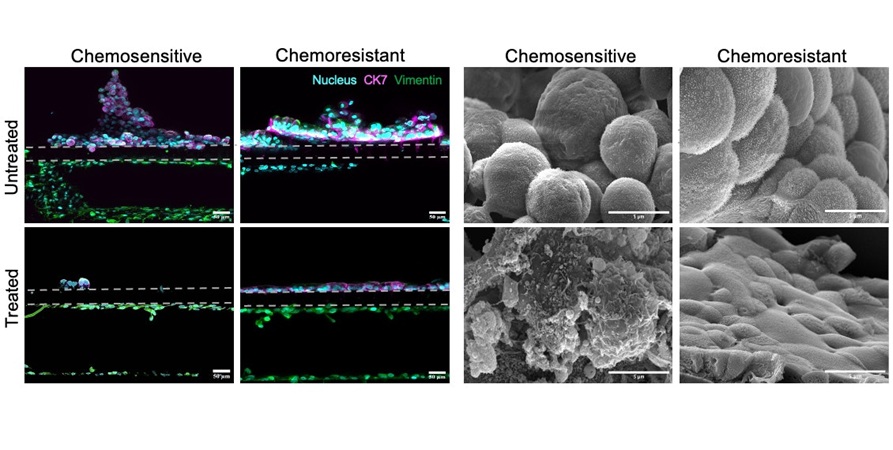
Cancer Chip Accurately Predicts Patient-Specific Chemotherapy Response
Esophageal adenocarcinoma (EAC), one of the two primary types of esophageal cancer, ranks as the sixth leading cause of cancer-related deaths worldwide and currently lacks effective targeted therapies.... Read more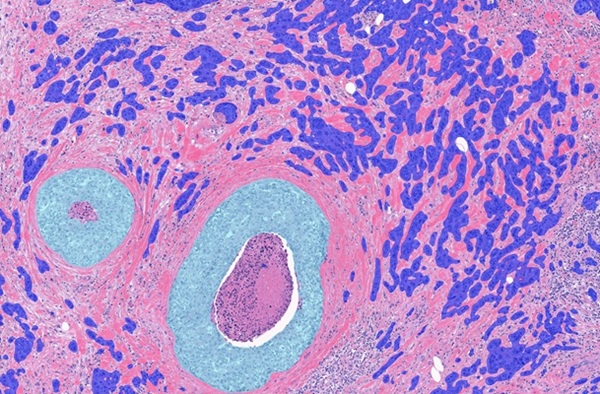
Clinical AI Solution for Automatic Breast Cancer Grading Improves Diagnostic Accuracy
Labs that use traditional image analysis methods often suffer from bottlenecks and delays. By digitizing their pathology practices, labs can streamline their work, allowing them to take on larger caseloads... Read more
Saliva-Based Testing to Enable Early Detection of Cancer, Heart Disease or Parkinson’s
Saliva is one of the most accessible biological fluids, yet it remains underutilized in clinical practice. While saliva samples are used to perform genetic tests to determine, for example, paternity, the... Read moreTechnology
view channel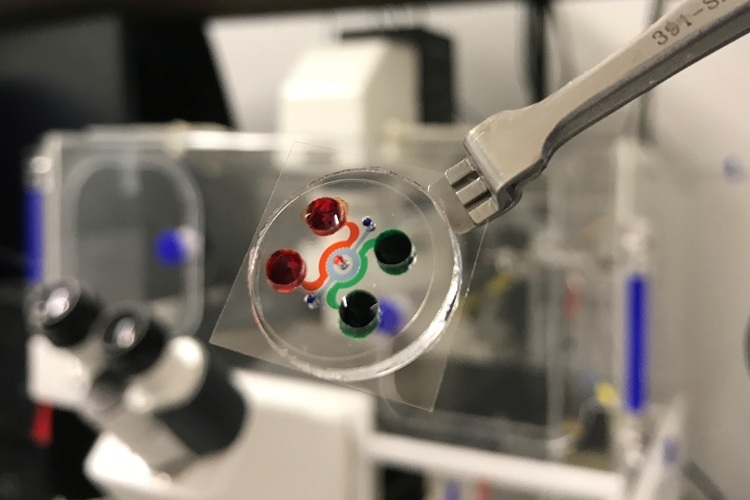
New Miniature Device to Transform Testing of Blood Cancer Treatments
Chimeric antigen receptor (CAR) T cell therapy has emerged as a groundbreaking treatment for blood cancers like leukemia, offering hope to patients when other treatments fail. However, despite its promise,... Read more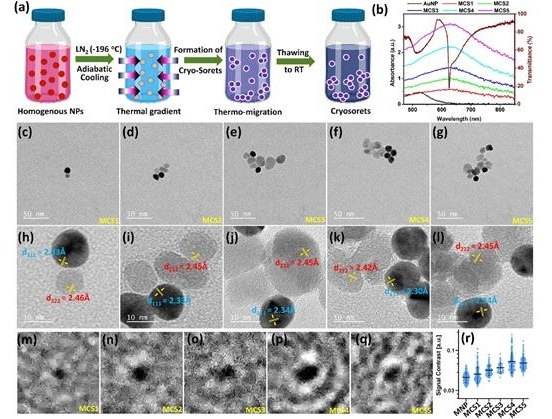
Biosensing Advancement to Enable Early Detection of Disease Biomarkers at POC
Traditional medical diagnostics often require clinical samples to be sent off-site, leading to time-consuming and costly processes. Point-of-care diagnostics offer a more efficient alternative, allowing... Read moreIndustry
view channel
AMP Releases Best Practice Recommendations to Guide Clinical Laboratories Offering HRD Testing
Homologous recombination deficiency (HRD) testing identifies tumors that are unable to effectively repair DNA damage through the homologous recombination repair pathway. This deficiency is often linked... Read more



















